Mona Vale Road east Upgrade calls in sydney wildlife volunteer to Relocate lapwing Plovers Nest: eggs hatch!
Staff from the Mona Vale Upgrade East called in the services of Sydney Wildlife volunteer Margaret G. Woods earlier this week to relocate a nest of Lapwing plover eggs found during works near the Pittwater RSL.
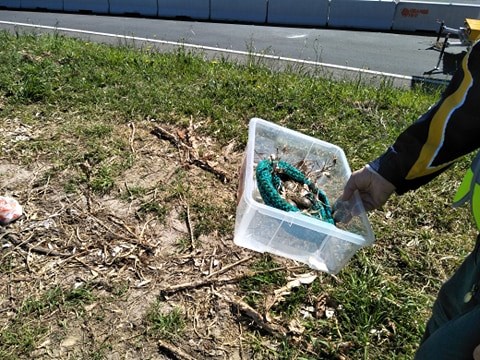
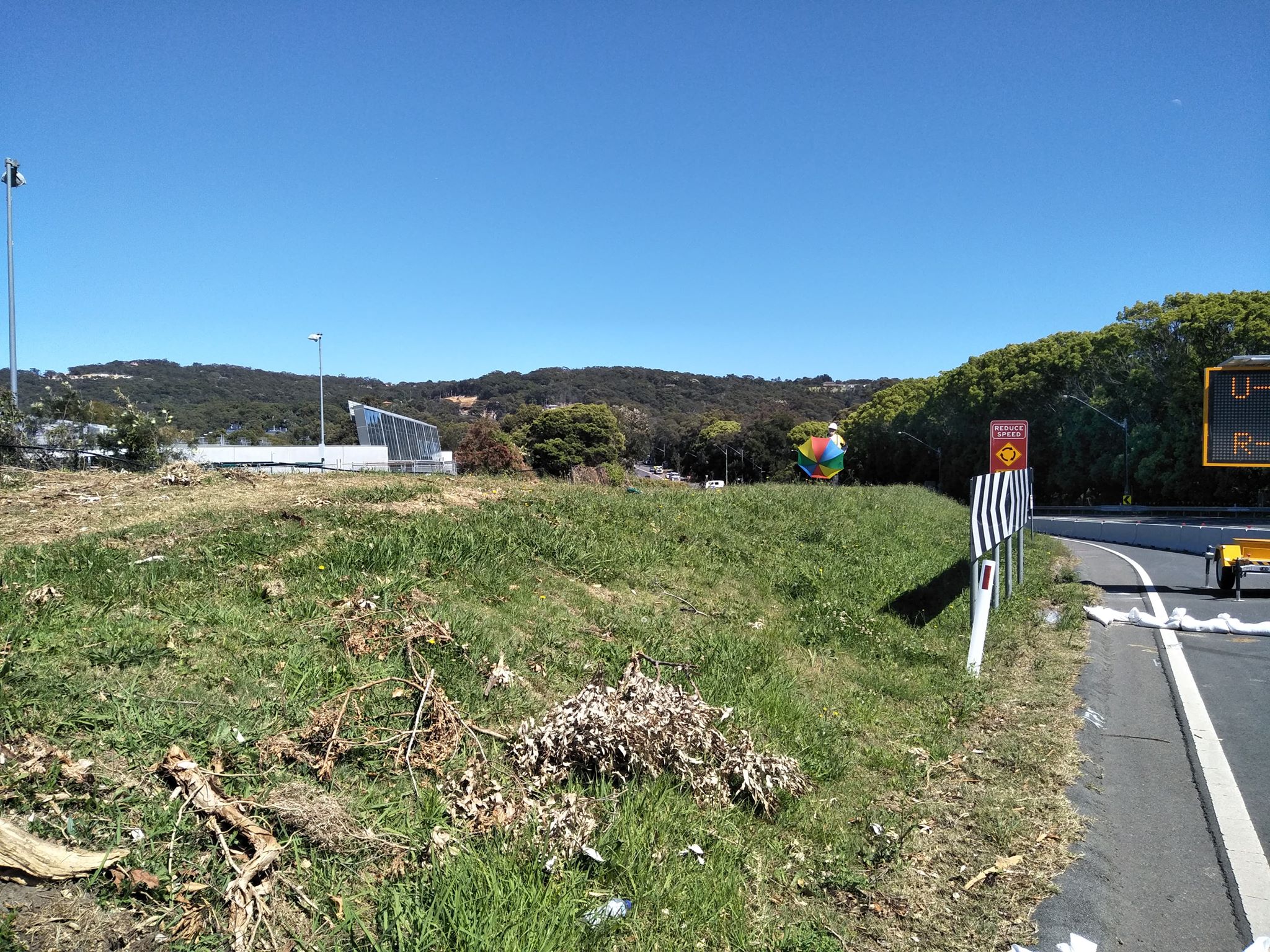
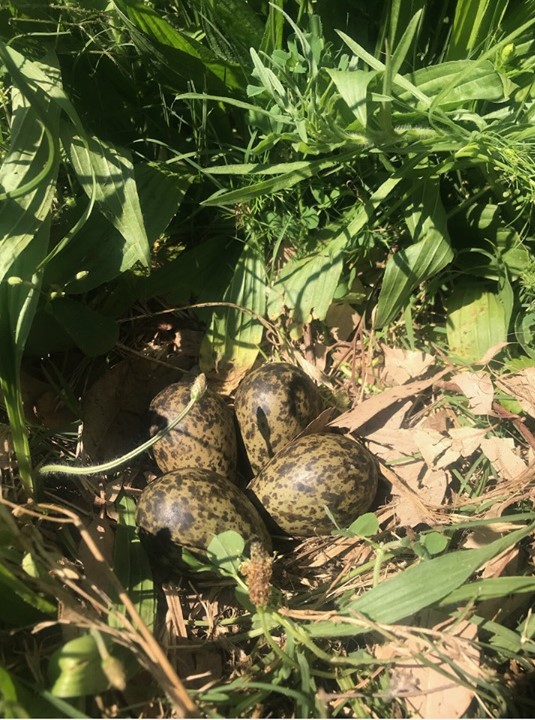
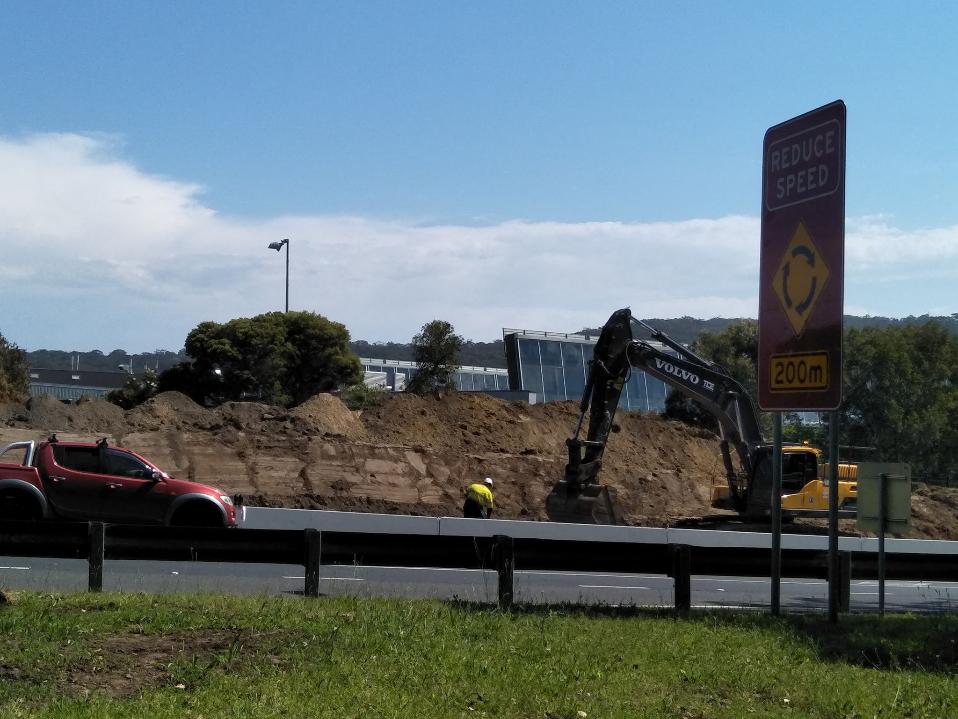
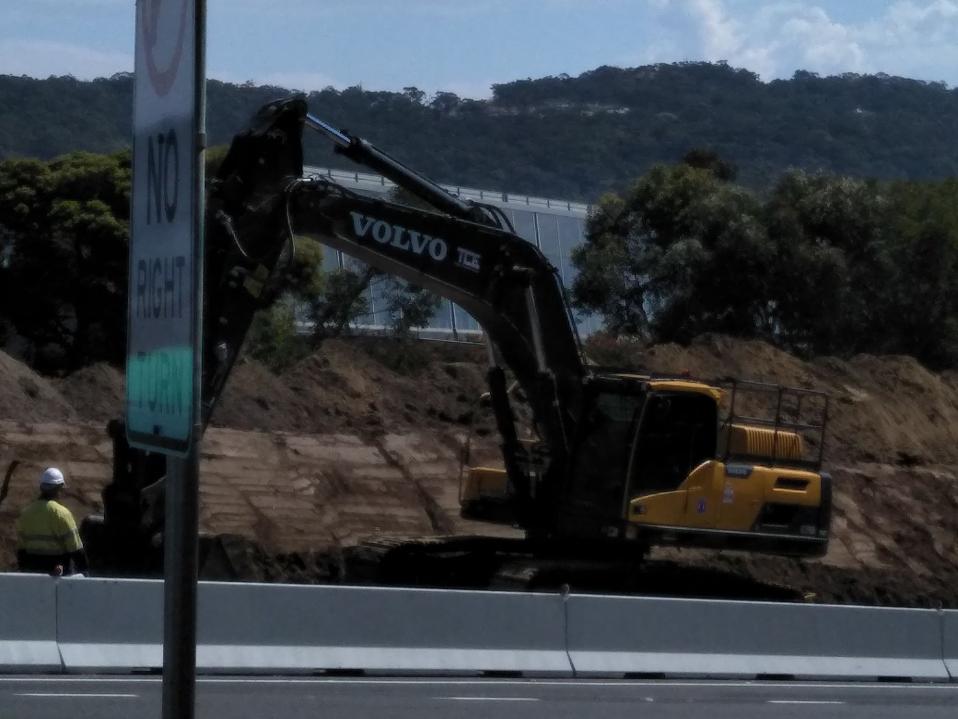
Mona Vale Road East - out of hours work Update: October 28 to November 7, 2019
We will continue out of hours work along Mona Vale Road.
We will work from 8pm to 5am on the following dates, weather permitting:
- Monday 28 and Tuesday 29 October
- Monday 4, Tuesday 5 and Thursday 7 November.
During out of hours work on Monday 28 October, we will complete rock excavation along Mona Vale Road using a stop/slow arrangement. Please allow additional travel time, keep to speed limits and follow the direction of traffic controllers and signs.
If work is delayed due to wet weather, we will try and work a different night within the same week. We will notify residents closest to the works if the dates change from the above.
Our work will include:
- excavating rock
- delivering large machinery
- vegetation removal
- shifting concrete road barriers and
- carrying out road maintenance work, where required
We will use large excavators with buckets and hammers, bobcats, rollers, grinders, cranes, lighting, chainsaws, light vehicles, hand tools and trucks.
To minimise the impact of night work on residents, we do not work for more than two consecutive nights in the same area and will work only 10 days within the same month. If you are eligible for Alternative Accommodation you will be advised within 24 hours of the work.
We will close one lane of Mona Vale Road in the night and reduce the speed limit to 40km/h to ensure the safety of motorists and workers. A stop/slow arrangement will be in place with traffic controllers and signage directing traffic.
Enquiries and registering for work updates
Call: 1800 413 640 (24 hour number). Email: monavaleroad@georgiou.com.au
For more information: rms.work/mvreast
If you need help understanding this information, please contact the Translating and Interpreting Service on 131450 and ask them to call us on 1800 413 640.
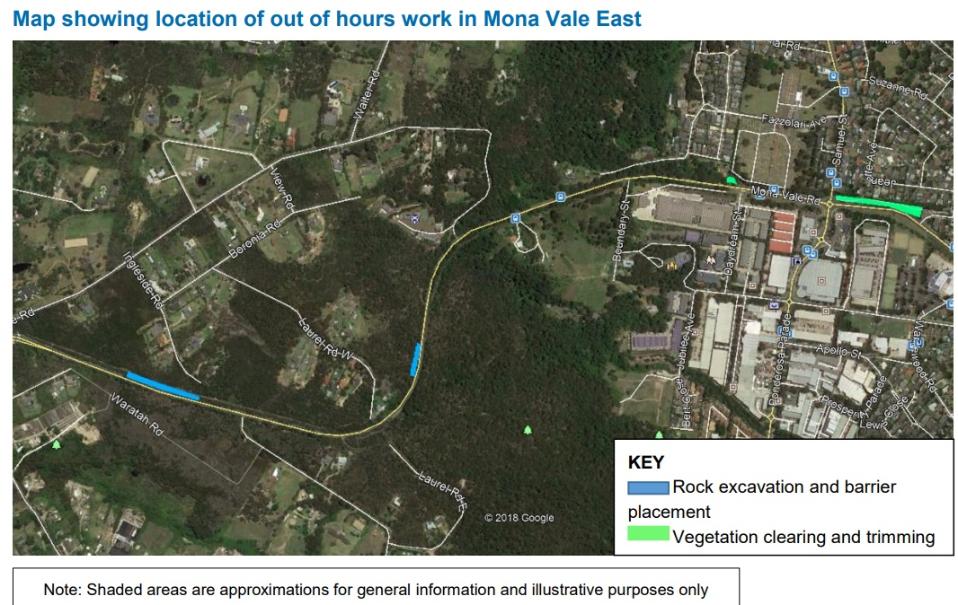
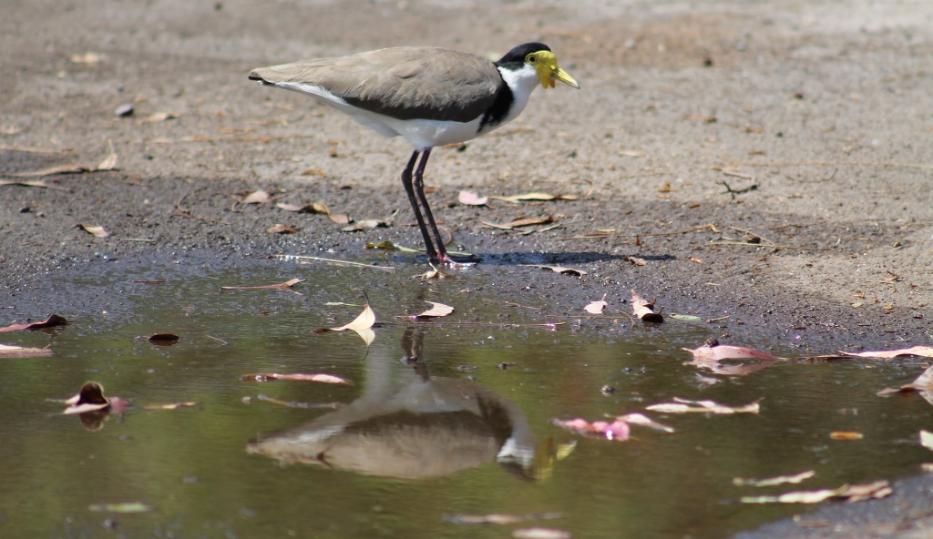
Masked Lapwing Plover - photo by A J Guesdon
The Masked Lapwing (Vanellus miles; name from the Latin for soldier and refers to the spurs, which give an armed appearance), previously known as the Masked Plover and often called the Spur-winged Plover or just Plover in its native range, is a large, common and conspicuous bird native to Australia. Its Aboriginal name: ‘baaldarradharra’.
This species is the largest representative of the family Charadriidae, at 35 cm (14 in) and 370 g (13 oz). The subspecies found in the southern and eastern states (Vanellus miles novaehollandiae), and often locally called the Spur-winged Plover, has a black neck-stripe and smaller wattles. (Note that the northern-hemisphere Spur-winged Plover is a different bird.)
The birds have a wide range of calls which can be heard at any time of the day or night: the warning call, a loud defending call, courtship calls, calls to its young, and others. Since this bird lives on the ground it is always alert and even though it rests it never sleeps properly. Masked Lapwings are most common around the edges of wetlands and in other moist, open environments, but are adaptable and can often be found in surprisingly arid areas. They can also be found on beaches and coastlines. Vanellus miles novaehollandiae spread naturally to Southland, New Zealand in the 1930s and has now spread throughout New Zealand, where it is known as the Spur-winged Plover. Breeding usually happens after Winter Solstice (June 21).
The nesting pair defends their territory against all intruders by calling loudly, spreading their wings, and then swooping fast and low, and where necessary striking at interlopers with their feet and attacking animals on the ground with a conspicuous yellow spur on the carpal joint of the wing.
The bird may also use tactics such as fiercely protecting a non-existent nest, or a distraction display of hopping on a single leg, to attract a potential predator's attention to itself and away from its real nest or its chicks after they have commenced foraging. There seems to be some significant use of language to guide chicks during a perceived dangerous situation. Long calls seem to tell the chicks to come closer to the calling bird; a single chirp every few seconds to ask them to move away.
There is a much-believed but incorrect myth that the spur can inject venom. The myth may have been based on fear of the Masked Lapwing's territorial behaviour. Attacks are most vicious on other birds such as ravens, and also on cats and dogs, but once the chicks reach 60% of full size after 2–3 months, the chances of this happening decrease. Strikes are much rarer on humans since they are more aware. Sometimes the bird can damage its wing in a strike but usually survives and is flightless as the wing heals.
Some Masked Lapwings, especially those that live in residential suburban areas, may never successfully breed due to increased disturbance from domestic pets, people on footpaths and cars. Commonly two birds are seen together, a male and a female which are almost identical. Many also can be seen in groups at times, especially during feeding on coastlines. The chick reaches full growth after 4 to 5 months and will often stay with the parents for 1 to 2 years resulting in family groups of 3 to 5 birds nesting in one location over the summer.
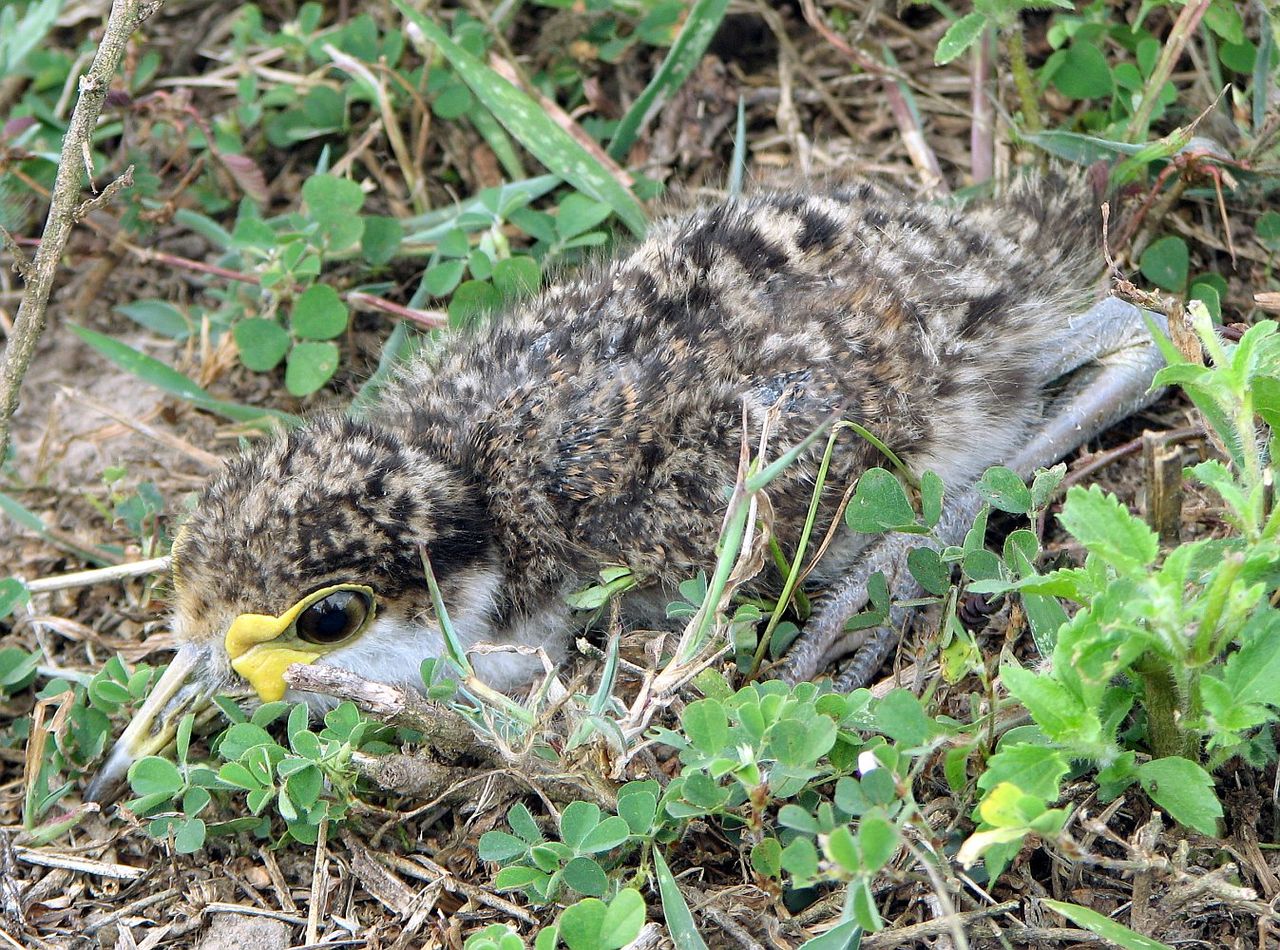
Young birds crouch and lie still and are well camouflaged - photo by Amos T Fairchild
Masked Lapwing. (2012, October 5). In Wikipedia, The Free Encyclopedia. Retrieved from http://en.wikipedia.org/w/index.php?title=Masked_Lapwing&oldid=516213777